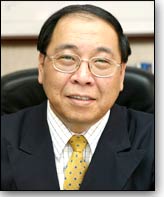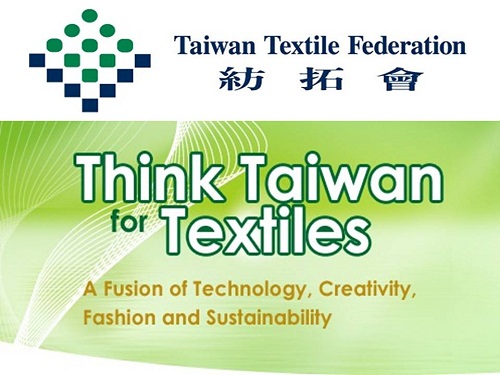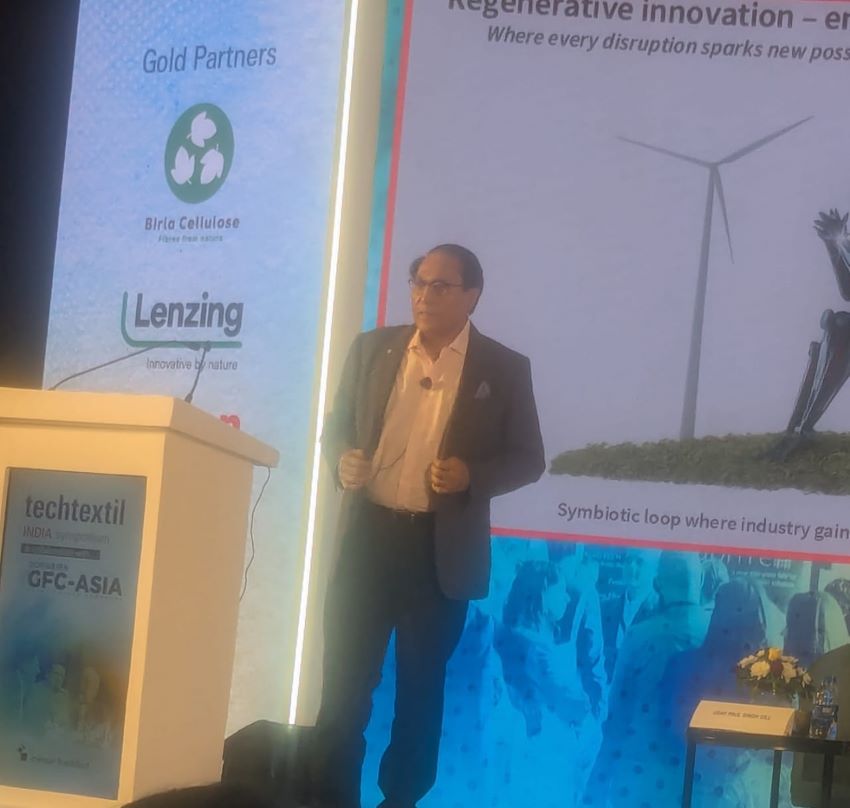
Set up in 1975, the Taiwan Textile Federation (TTF) under the guidance of the government was established to maintain the interests of Taiwan’s textile industry in the European market and represent the government to negotiate with the EU. Justin Huang, Secretary General of Taiwan Textile Federation (TTF), shares his views about the Taiwan industry and global textile scenario.
How is the Taiwan textile industry positioned?
in 2015, our performance will be better than 2014. The world economy has three engines: US, Europe, China. China is slowing down; Europe has not recovered; the US is getting better. Innovation is our driving force. Sportswear and outer wear brands are using innovative textiles. In the last two years, Taiwan’s textile mills are working hard. They have become upstream suppliers. We are trying to improve the performance of functional fabrics and help clients get better competence in the market. Brands like Nike work closely with our fabric brands. They want better materials. We have many investors in Southeast Asia especially in Vietnam.
The US is promoting the Trans Pacific Partnership and looking for strategic supplying countries for their market. We can offer total solutions for their products to our clients in the US. We cater to materials innovation and clothing manufacturing. We expect 2016 to generate a strong demand for innovative winter fabrics.
What’s your global export business?
Last year we did exports worth $11.5 billion. It was almost the same as 2013. This year, we should do better at around $11.8. Finished fabrics are 63 per cent of our export value; yarn and filament 18 per cent; fibers 10 per cent and the rest are apparels and accessories.
China is getting into performance fabrics. Do you think this will affect Taiwan’s competence?
The Chinese are smart. Chinese fabric mills are doing similar things. But I think this the right direction for the Chinese textile industry. They need more technology input, more engineers to help them. This will prolong the technology’s value in the market. They need more designers to design fabrics and apparels. Right now they need to build up confidence in their clients. If their clients are not happy, they may not get enough business opportunities. And we are feeling the pressure from China. But it is a free economy.
How do you plan to face the challenge?
We offer similar products at lower prices. But quality is as important as price. The price has to be competitive. We have a strategy for facing the competition, nationwide as well as for industries. We work strategically with international organisations. This will build up textile performance standards. We work with clients to build up a unified code of conduct for product safety and sustainability.
What are the new trends evolving in global business?
Climate change is playing an important role. Earlier the coldest month was January but now it’s shifting to February. Even in the beginning of March, there is snow at many places. This disrupts activities of textile mills. Longer winter means more consumption of our fabrics. So 2016, will see strong demand for innovative winter fabrics.
What do you think of treaties and free trade agreements?
We will focus on niche markets. We don’t have cotton, wool or linen. Functional chemical fiber is our business. Treaties may influence Taiwan’s textiles but may not takeover our business.
What is your relation with Japan?
We are the first choice for Japanese retailers. Earlier, they used the Chinese supply chain. Now they use our supply network.
Who is your biggest business partner?
The US followed by China, Japan and Europe. In Europe, Germany is important for us.
How Asean’s the apparel export business growing?
China can benefit by exporting fabrics and textiles to Asean countries. But not many apparel makers export back to China. So China has a trade surplus with Asean. But there may be anti-dumping safeguards.
What’s the major trend in global business?
Textiles should be lighter to keep the body warmer. We focus on the high end market. People are ready to pay for what we have. So we are confident.
Have you associated with any global body for functional or performance textiles?
We have associated with the Japanese, Germans, Dutch, Americans. We are with big chemical companies.












